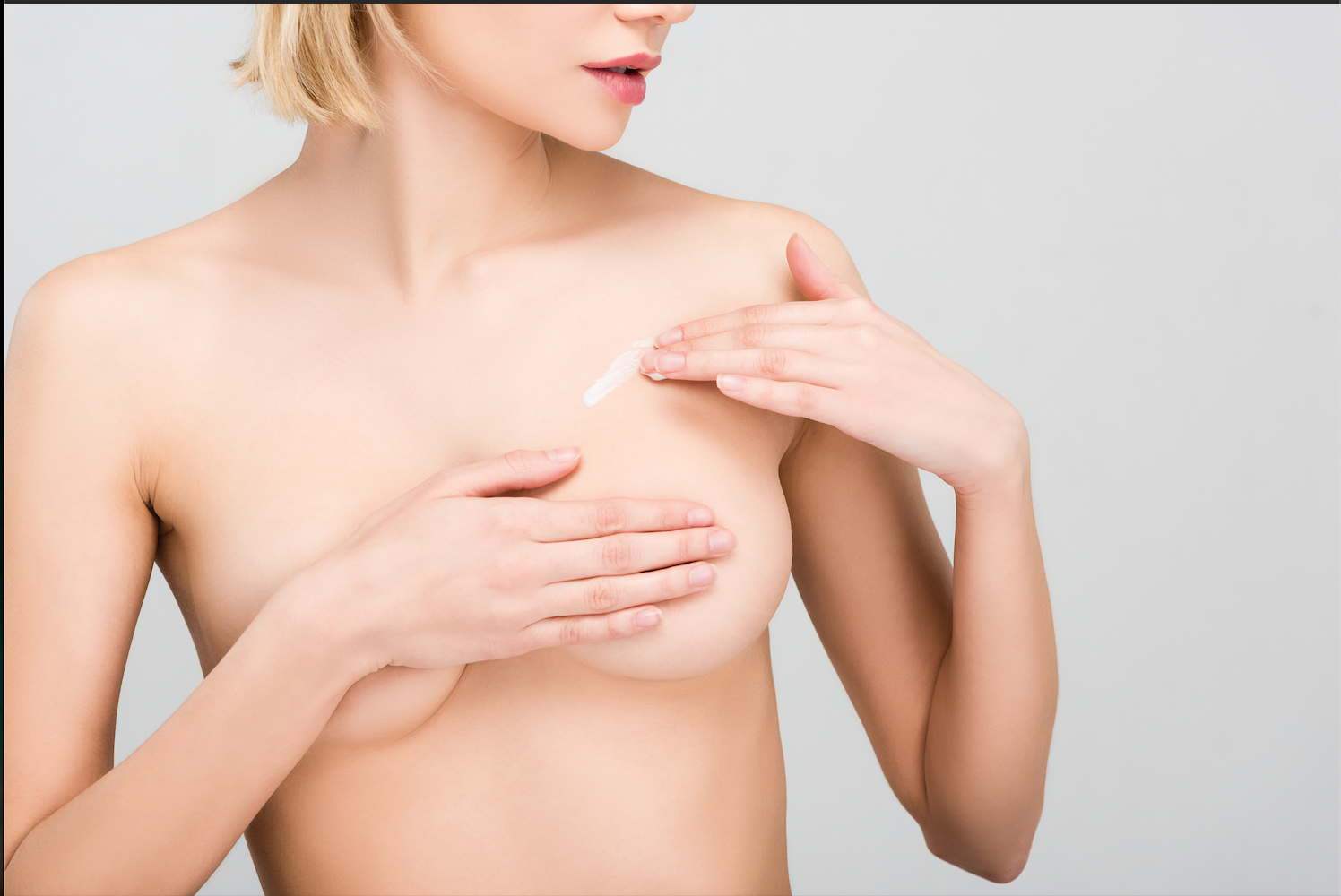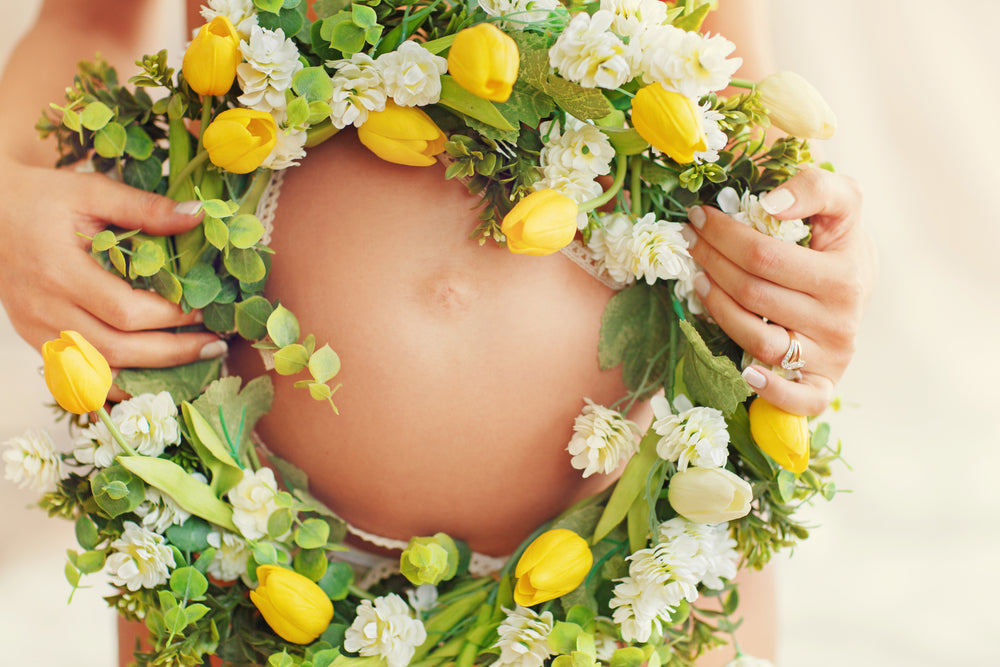
How to Care for Your Breasts After Delivery
Congratulations on your journey into motherhood! It comes with some real awakenings, doesn’t it? As you navigate the joys and challenges of postpartum life, taking care of your breasts is crucial. Uncomfortable breasts can make your journey much less enjoyable.
No one talks about what to do after delivery when your breasts are so tender, so here’s a quick guide tailored just for you, whether you're breastfeeding or not, to ensure your breast comfort and well-being after delivery.
Understanding Common Breast Changes After Delivery
Your body undergoes remarkable transformations during pregnancy, and your breasts are no exception. From the early signs of pregnancy to postpartum adjustments, here's what you can expect:
-
First Trimester: Your breasts may grow larger, feel tender, and become more sensitive. Visible veins and changes in nipple size and color are common.
-
Second Trimester: Milk ducts develop, and colostrum production begins. Be prepared for leakage and consider investing in new bras to accommodate your changing shape.
-
Third Trimester: Breast growth continues. Dryness, or itchiness may occur as you approach delivery. Stretch marks are also a common occurrence so keeping them moisturized is important.
Postpartum, your breasts remain full as they produce milk. Engorgement, clogged ducts, and mastitis can arise if milk isn't adequately drained. While some changes may revert after lactation, others may persist, which is why it’s important to have skills and tools to help you cope.
Managing Breast Tenderness with Breastfeeding or Pumping
Whether you're breastfeeding directly or pumping, regular emptying is key to relieving tenderness and preventing complications. Keep a breast pump handy for on-the-go relief, ensuring each breast is thoroughly emptied. There are many new options on the market including wearable breast pumps to help keep your breasts comfortable.
CaboCréme: Cabbage Extract Cream
This incredible cream can be used as needed to decrease swelling and tenderness of engorgement and overproduction on an as-needed basis. It’s handy to keep in your diaper bag. It can also be used for occasional knots that can lead to mastitis and during the weaning process.
Harness the Power of Compresses
Hot and cold compresses offer relief and promote milk flow. Prior to feeding, apply a warm, wet compress for 10 minutes. Between feeds, switch to a cool compress to reduce swelling and discomfort.
Prioritize Self-Care
Amidst the whirlwind of new motherhood, remember to prioritize self-care, including caring for your breasts. Simple strategies can make a world of difference in minimizing discomfort and helping you feel your best during this transformative period. Keep in mind, a well-fitting and comfortable support bra is a must, and you’ll need to be refitted several times during your journey (from pregnancy to weaning).
And remember, have patience with your breasts – they’re going through a lot of changes too!
Embrace the journey of motherhood with confidence, knowing you have the support of CaboCréme and a community of fellow moms cheering you on every step of the way. Your well-being matters, mama—you've got this!




